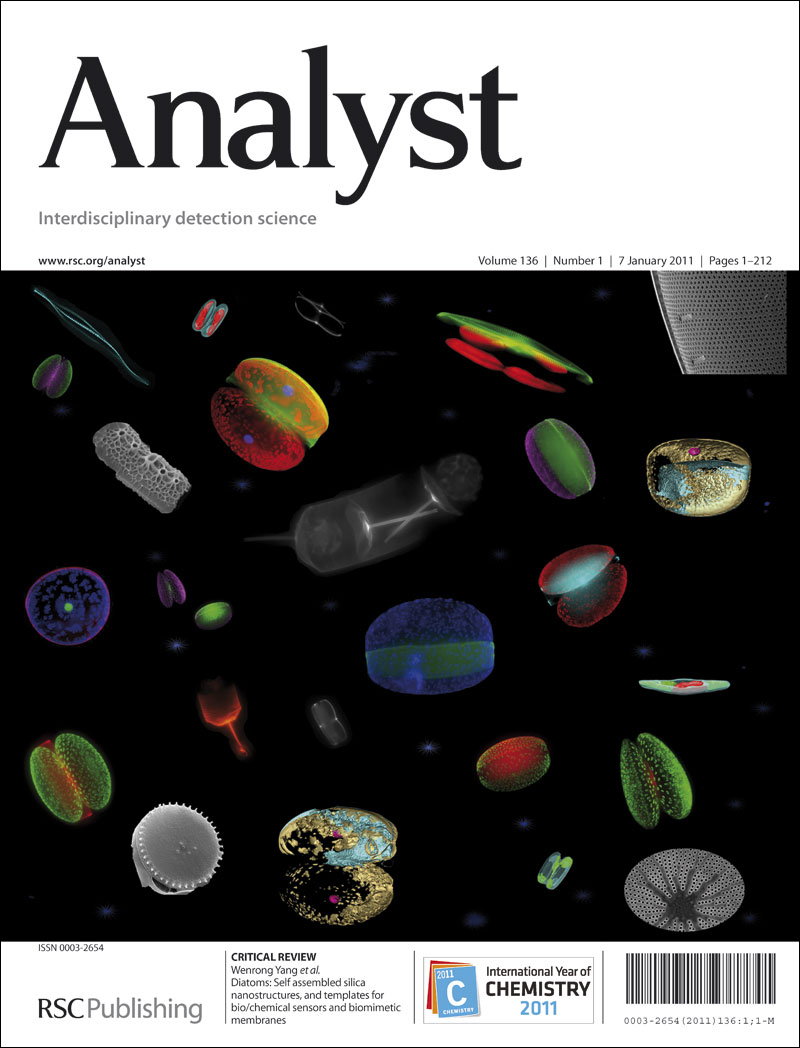Donor-acceptor covalent organic framework nanofilm-based laser desorption/ionization mass spectrometry for rapid and sensitive determination of creatinine in human serum
IF 3.6
3区 化学
Q2 CHEMISTRY, ANALYTICAL
引用次数: 0
Abstract
Creatinine (Cre), a metabolite generated by muscles and kidneys, holds significant importance in clinical screening and detection of kidney disease. However, the existing clinical detection of Cre such as Jaffe reaction-based colorimetric method, requires complex sample pretreatment and is subject to interferences in biological samples. Herein, a surface-assisted laser desorption/ionization mass spectrometry (SALDI-MS) based on donor-acceptor covalent organic framework (D-A COF) nanofilm as a substrate was proposed for Cre determination in human serum. The D-A COF nanofilm was synthesized using the solvothermal reaction on indium-tin-oxide (ITO)-coated glass plates, which featured uniform surfaces, good thermal stability, and excellent UV absorption. Compared with conventional organic matrices, the D-A COF nanofilm-based LDI-MS method showed low background interference and high MS response, and was successfully used for the analysis of low-weight molecules such as amino acids, bisphenols, and estrogens. On this basis, the D-A COF nanofilm-based LDI-MS method was developed for the determination of Cre in human serum. The method showed good linearity in the range of 14.0-750.0 μmol/L with a low limit of detection (LOD) of 4.5 μmol/L , which could successfully cover the determination of Cre in human serum with different concentration levels. This work demonstrates the potential of this method for the clinical determination of Cre in human serum, and provides a new direction for the screening and determination of other small-molecule clinical markers.求助全文
约1分钟内获得全文
求助全文
来源期刊

Analyst
化学-分析化学
CiteScore
7.80
自引率
4.80%
发文量
636
审稿时长
1.9 months
期刊介绍:
"Analyst" journal is the home of premier fundamental discoveries, inventions and applications in the analytical and bioanalytical sciences.
 求助内容:
求助内容: 应助结果提醒方式:
应助结果提醒方式:


